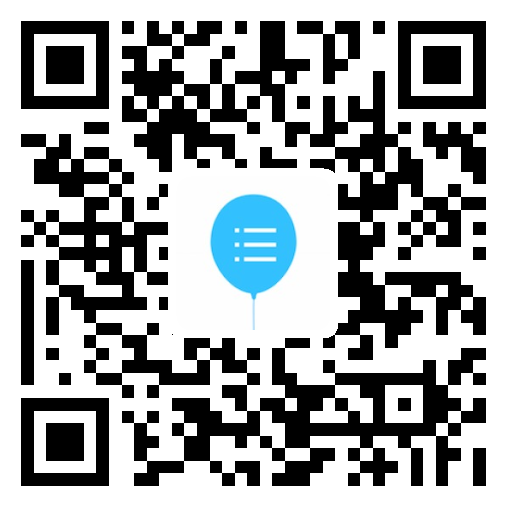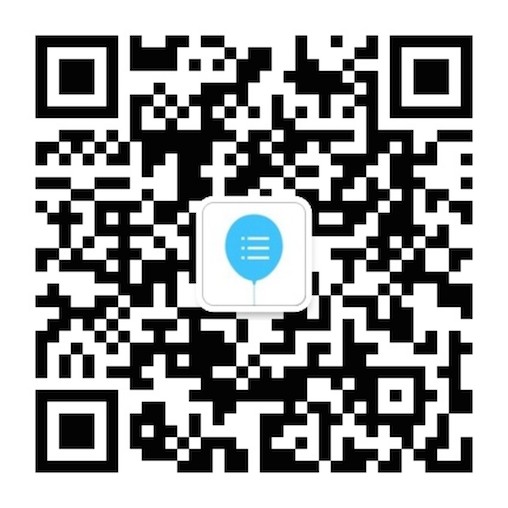UX Project Checklist
Research
Competitive Analysis
See how others solve similar problems and try to not reinvent the wheel. Read more
Just when you thought you fully understood the three circles of information architecture, your assumptions are being challenged again. Withrow comes around with an argument for looking at the conte...Data analysis
Do you have all the useful data you need? Try to have a look at funnels, clicks, page views, performances... Read more
In order to make the most of analytics data, UX professionals need to integrate this data where it can add value to qualitative processes instead of distract resources.User feedback
Always speak with Customer Care team! Don't have one? Check your old surveys or videos, what your customer says? What do they actually do? Read more
Plan
User stories
Have you done personas yet. If not DO IT NOW. Ok, now use them to write down user stories and scenarios. Read more
Do you know how to tell your users’ story? How do you know? Are you sure you’re not just making it up as you go along? This month, I want to share a method for folding user knowledge back into the design process so that we properly understand user needs, create the best experiences for them, and reliably facilitate the right outcomes...User flows
Create your user's flow based on the scenarios you created, you can use it later to review the journey and create wireframes on top of each step. Read more
Design flows that are tied to clear objectives allow us to create a positive user experience and a valuable one for the business we’re working for.Red routes
Define red routes for your product and you’ll be able to identify, prioritise and eliminate any usability obstacles on key user journeys. Read more
Design is easy writes branding expert Marty Neumeier.All you do is stare at the screen until drops of blood form on your forehead. One element that makes design difficult is a lack of constraints. Focusing on your product’s red routes provides the key constraint you need to ship a high value product from version 1.Explore
Brainstorm & sketch
Find a war room, fill it with markers and drinks, get together and sketch, discuss, vote, disrupt, have fun! Read more
Wireframe
Add some details and structure to your ideas, reuse patterns and create pages on top of your user flows so you'll not leave anything behind. Read more
Prototype
You can start creating paper prototypes and continuously iterate to more functional ones. Use sketches, HTML pages or static images, then just get some people and test. Read more
A curated list of the best user experience design links every week.Communicate
IA
Understand your users, your data structure and your channels. How can you organise your navigation and content in a clear and consistent way? Read more
It's time to stop pretending content is somebody else's problem. If content strategy is all that stands between us and the next fix-it-later copy draft or beautifully polished but meaningless site launch, it’s time to take up the torch, time to make content matter. Halvorson tells how to understand, learn, practice, and plan for content strategy.Language
Follow your brand personality, keep in mind users' culture and language, the context of your product and make sure they understand you. Read more
We—the people who make websites—now study almost every aspect of our trade, from content and usability to art direction and typography. Our attention to detail has never been greater as we strive to provide the best possible experience. Yet many users still experience products that lack personality or are difficult to understand. They are users of a translated version. While good localization boosts conversion rates, bad or partial translation may ruin a user experience, giving people an uneasy feeling about the whole company. If we care equally about all our users, it’s time we start thinking of translation as something slightly more complex than a word-to-word job. Antoine Lefeuvre shares why translation matters, and what it takes to get it right.Accessibility
You don’t need to add extra functionality or to duplicate any content. The key is simply to assess the requirements of those with different skills and limited devices. Read more
Create
UI elements
Reuse elements and patterns, follow your style guidelines, don't have one? Create your guidelines. Start small, then create pages. Read more
A collaborative collection of resources for creating Front-End Style Guides and Pattern LibrariesGestures
So you've have a swipe slider? Tell me more about pinch, drag, zoom, rotate, shake, six-inch smartphones, left handed people, mouseover, kinect, motion detection... Read more
Explore and understand the potential of touch and gesture-driven interfaces and start thinking more in terms of time, dimension and animation.Responsiveness
Can I see it on my mobile? Oh wait, what about my smart-watch which work as a remote for my 50" TV. Bonus: remember cross device experience. Read more
The best responsive web designs show a rich understanding of what users are looking for and the right way to deliver it.Give feedback
Waiting times
If your users have to wait ages for the page to load, at least show them a loader, if take longer why don't you try something more entertaining? Read more
Great magicians use the 'art of misdirection' to control their audience's perception of reality. We can do the same with our UX.Errors
Be clear and specific on what and where user's error is. I mean, your error, because if it's your fault you should say it. Read more
Noticing and tracking failures helps discover unexpected uses of your product or service and improves flow for primary use cases.Completed actions
Give immediate and clear feedback of successful user's actions. Do not always wait for server response, trust your server once in a while! Read more
LukeW Ideation + Design provides resources for mobile and Web product design and strategy including presentations, workshops, articles, books and more on usability, interaction design and visual design.Finalise
Finalise layout
It's time to let your design shine, make it in the right way, don't stop with the first solution, always ask "is this the best you can do?" Read more
Visual design focuses on the aesthetics of a site and its related materials by strategically implementing images, colors, fonts, and other elements.Use of images and icons
Use of icons and images is strongly influenced by context, culture and layout that you use. Like icons, test your images, small changes can bring huge improvements. Read more
Due to the absence of a standard usage for individual icons, text labels are necessary to communicate meaning and reduce ambiguity in an icon-based design.Font & colours hierarchy
Use colours and font sizes properly, tryto follow your guidelines and keep it simple. The best visual hierarchies lead users to take the action confidently. Read more
We have many words for the frustration we feel when an interface isn’t directing us to what we need to know. Loud, messy, cluttered, busy. These words have been appropriated from other parts of life,...Delight
Micro copy
Every word is important, and a bit of personality will help your brand. Read more
In this article, we will look at some strategies you can follow, as well as some examples found in the wild, plus a few projects in which the consistent use of emotional design results in a great personality.Micro interactions
Trigger, rules, feedback, loop. Details make the product. Bonus: Ever heard about easter eggs? Read more
Transitions
Motion shouldn't be only beautiful, it have to builds meaning about the spatial relationships, functionality, and intention of the system. Read more
Analyse
KPI Setup
What you want to achieve? What are your goals? Write down how you define success and failure and check if you have everything you need to collect the data. Read more
When designing for the web, you can analyze usage data for your product and compare different interfaces in A/B tests. This is sometimes called “data-driven design”, but I prefer to think of it as data-informed…AB Test plan
Plan your AB test ahead and, if you can, plan a short roadmap of improvements. Your goal is not just improving KPIs, but learning something. Read more
Test
UX lab, survey, sessions recording... test, observe and fix, test, observer and fix... Read more
20 user-research methods: where they fit in the design process, whether they are attitudinal or behavioral, qualitative or quantitative, and their context of use.



评论(2)